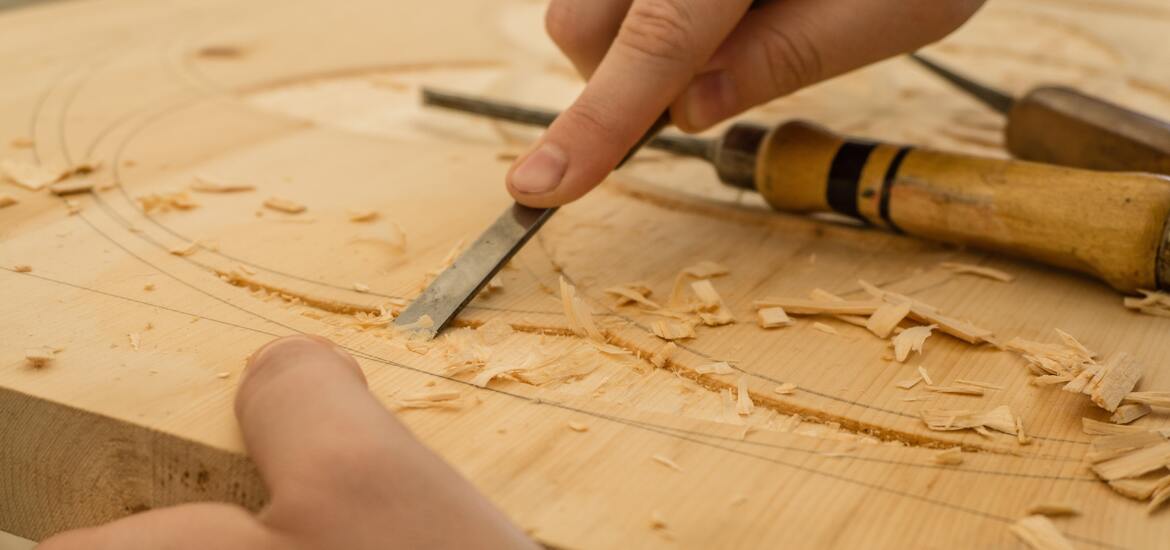I think that most people reading this will understand the importance of preserving our cultural heritage. You'll know that our connection to the past is key to our understanding of who we are and where we're going, and that preserving our links to the past are a critical aspect of our well-being. What you may not be as familiar with is just how difficult it can be to define what it means to work in the field of Living Heritage.
You could take a refined approach, as some previous assessments of the field have done. These are good, replicable approaches, because you can assess institutions and people immediately connected to the work - the museums, the heritage societies, the archivists - and you can use some readily available data through things like the Canadian censes to do some really cool assessments of economic contributions and the amount of people employed and look at the work they're doing. The most recent assessment by Canadian Heritage in 2019 estimated that not-for-profit heritage institutions in Canada generated $2.6 billion in revenue in 2017, $77 million of which were in Saskatchewan.
But do these assessments really encapsulate all of the work being done to preserve heritage? The 'tangible' parts of heritage - the buildings, the artifacts, the sites - are a little easier to keep tabs of because they're, well, tangible. But the intangible parts of heritage - cultural traditions, language, craftsmanship - can be a lot more elusive.
So then maybe we step back and take a broader approach and try to look at the entire field of 'culture', although this might include some things you may not consider to be ‘heritage’. Looking at the whole culture sector, a report by the Cultural Human Resources Council estimates that the culture industry contributes about $59 billion to the Canadian GDP.
While these national-level assessments provide really critical information about the heritage sector at the national scale, these assessments are able to do is highlight what work is being done, and to multiple facets of definition of living heritage, of which Heritage Saskatchewan is a proponent. They also only tend to examine one part of heritage work – the people actively conserving things or places – whereas there are so many other types of work that shape heritage as a sector.
Over the past four months, I have been working with Heritage Saskatchewan as a contract researcher trying to figure out how to approach this problem. As an ecologist and conservation biologist, I had very little experience previously with the work that goes into the safeguarding of heritage, but I learned quite a bit about the work being done in Saskatchewan during my short time here.
I fit into the role for the research Heritage Saskatchewan wanted to be because I had experience working in the field of Ecosystem Restoration. Similar to the practise of living heritage, Ecosystem Restoration is an evolving field where specialized skill sets and specific work practises are mixed in with other aspects of the work professionals are doing. So, figuring out how to get a picture of all the work being done in living heritage related to some of my work looking at the work being done in Ecosystem Restoration.
Recognizing the work of people is critical to supporting it. What I’ve been doing is putting together of contact list of organizations that are involved in different functions within the field of heritage. Immediately, you think about the groups I mentioned above that are directly doing the heritage work – your conserving institutions. Then, you can think about the higher up levels, like municipal, provincial, or First Nations governments that are setting priorities and policies for the work that the conservers are doing. After that, you can move on the larger organizations that support the work being done by the conservers, like us here at Heritage Saskatchewan or the Museums Association of Saskatchewan, that help through connecting professionals in networks. And finally, you can try to find all the organizations facilitating the conservation work, like contractors and skilled workers that might spend less of their time doing the conservation work itself but are integral to getting it done.
I’ve been digging through all the cans of worms I can find on publicly available websites trying to find all the organizations I can involved in all these different parts of the heritage sector. With this information, hopefully we at Heritage Saskatchewan can begin to create a larger discussion with all the people working in different aspects of safeguarding heritage, and then we can ask them what they think, how they spend their days, and what they would prioritize moving forward. This approach has taken more time than I think anyone thought it would, but it is the first step towards us being able to better recognize and support the immensely important work being done throughout Saskatchewan. Hopefully, it will lead to a lot more interesting revelations and a deeper understanding about living heritage as a whole.


